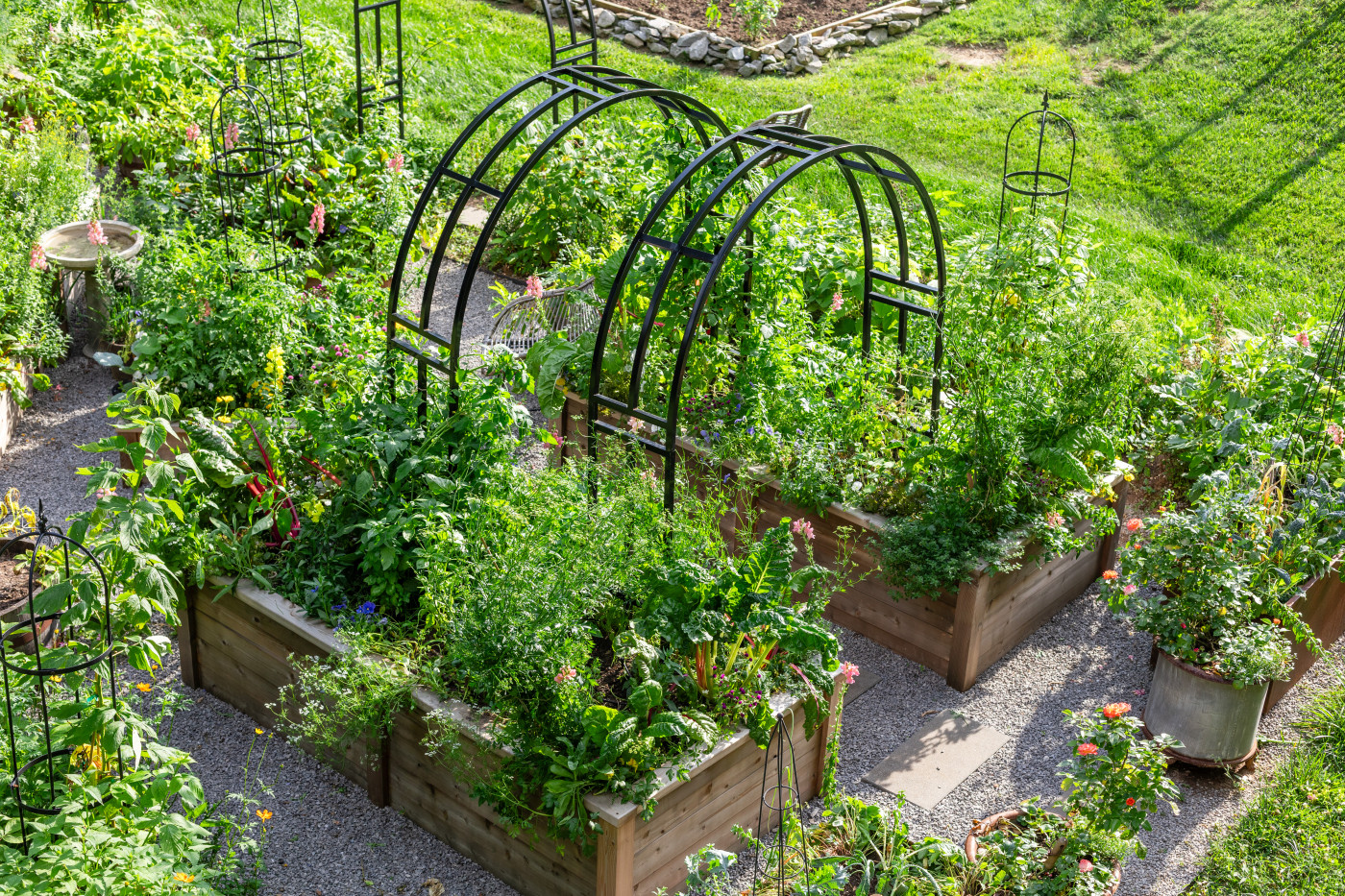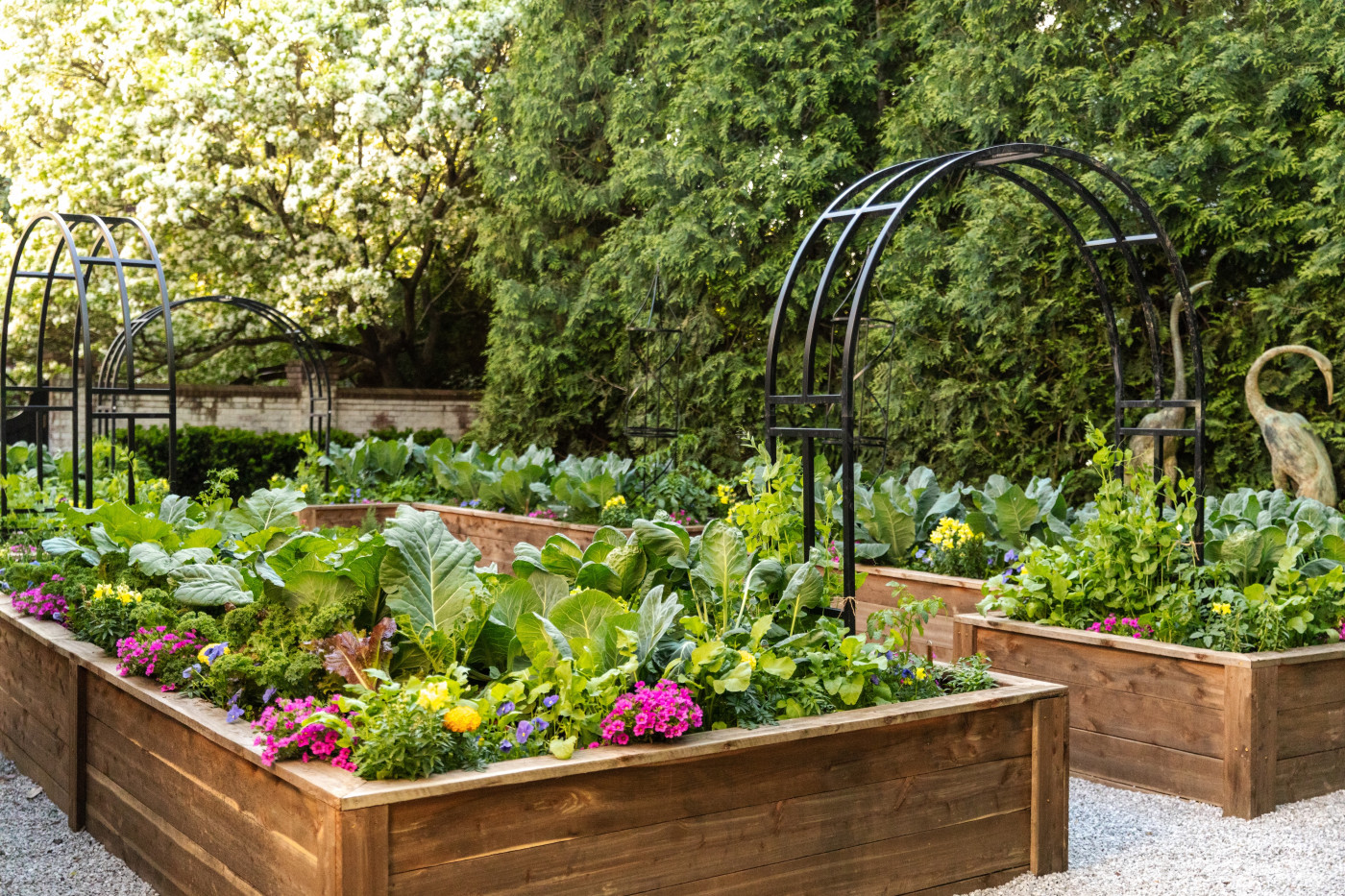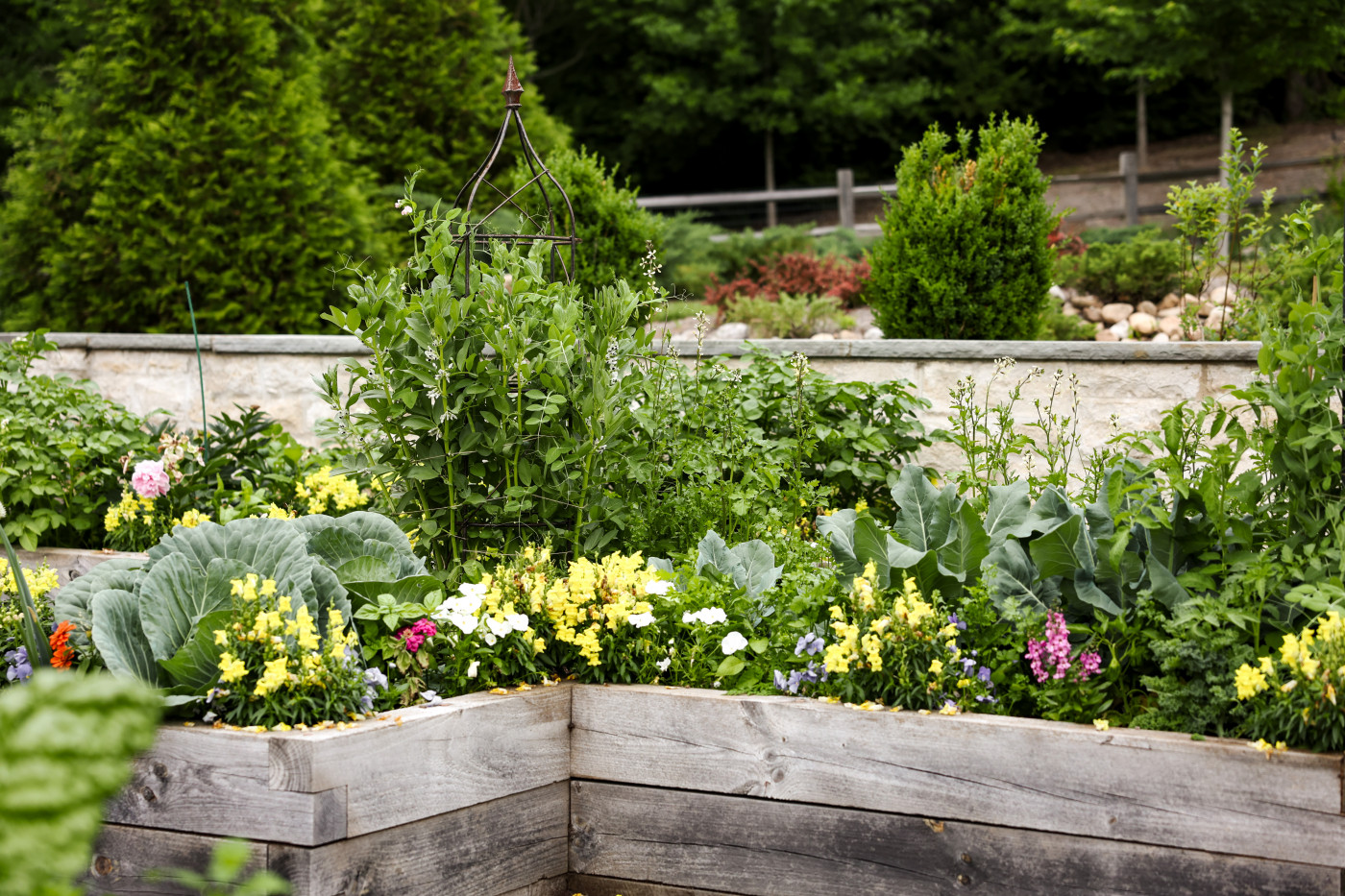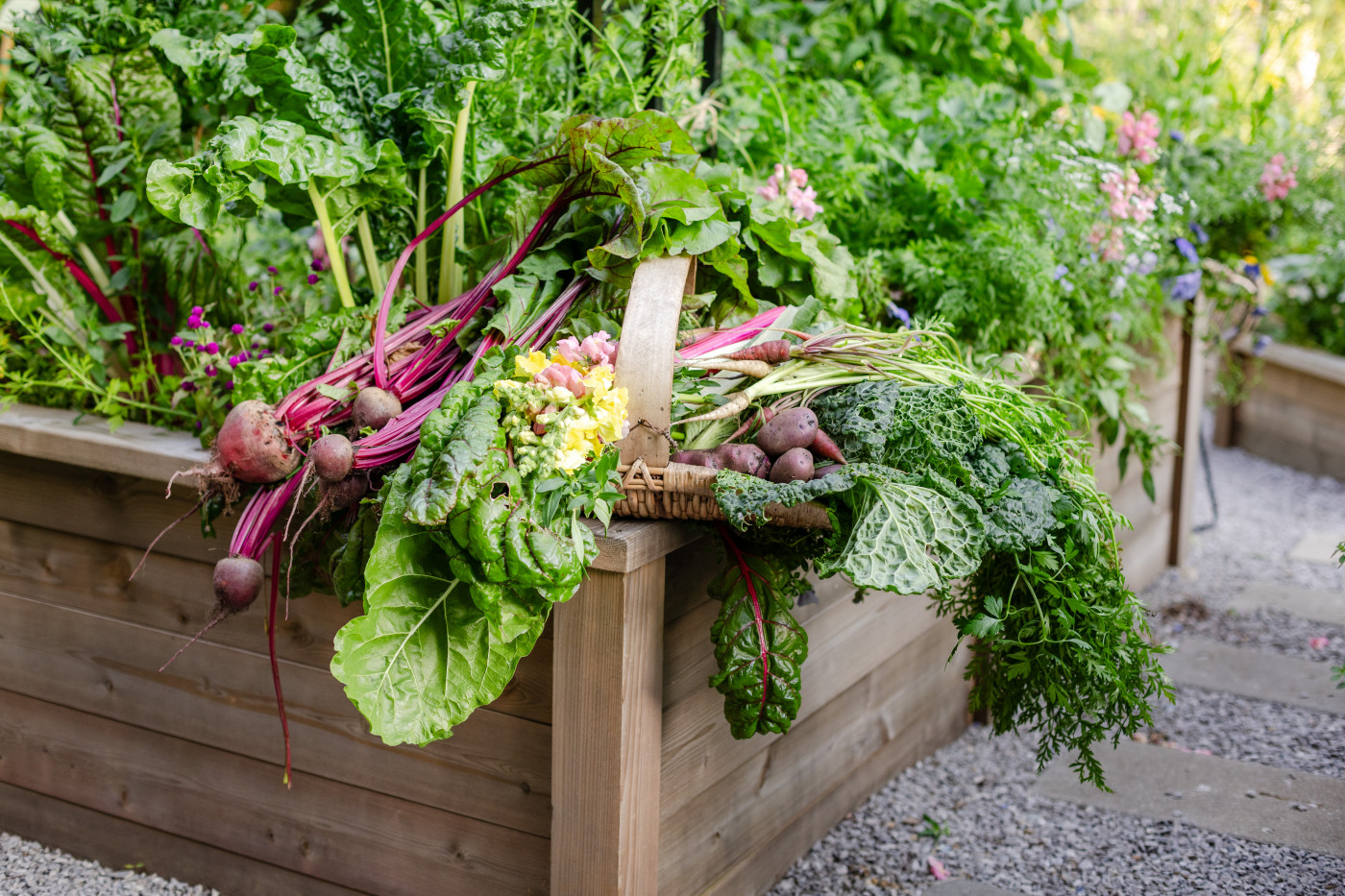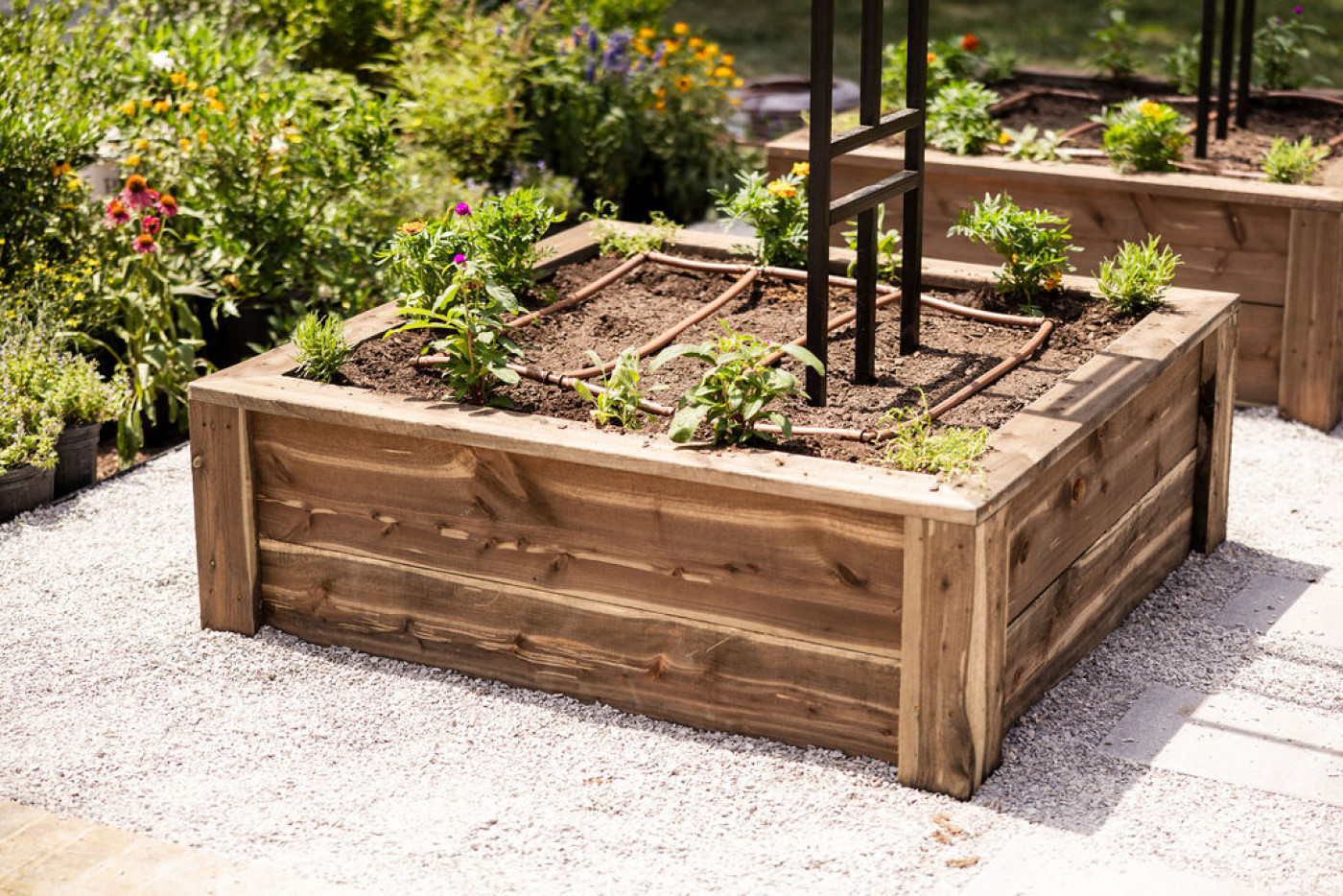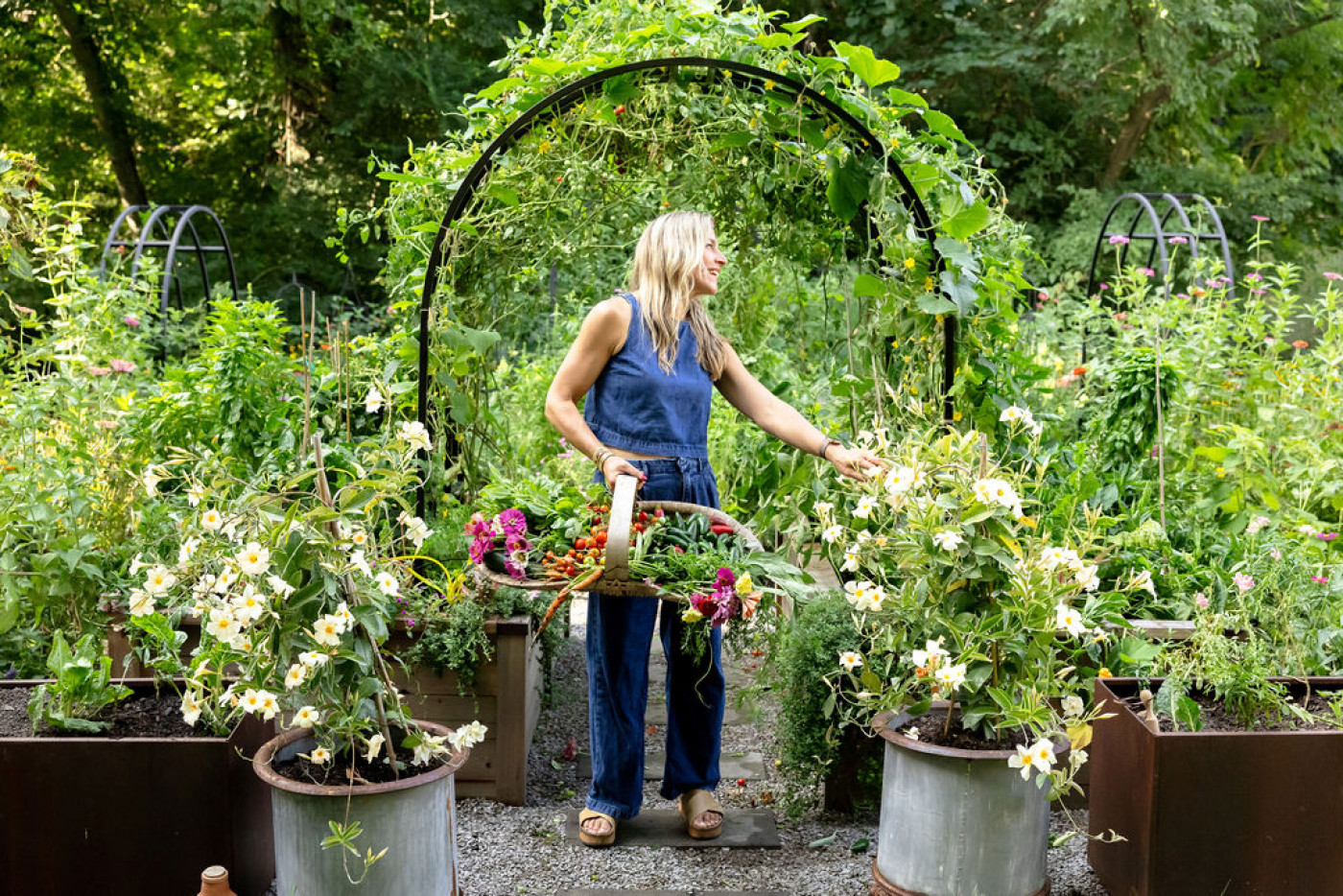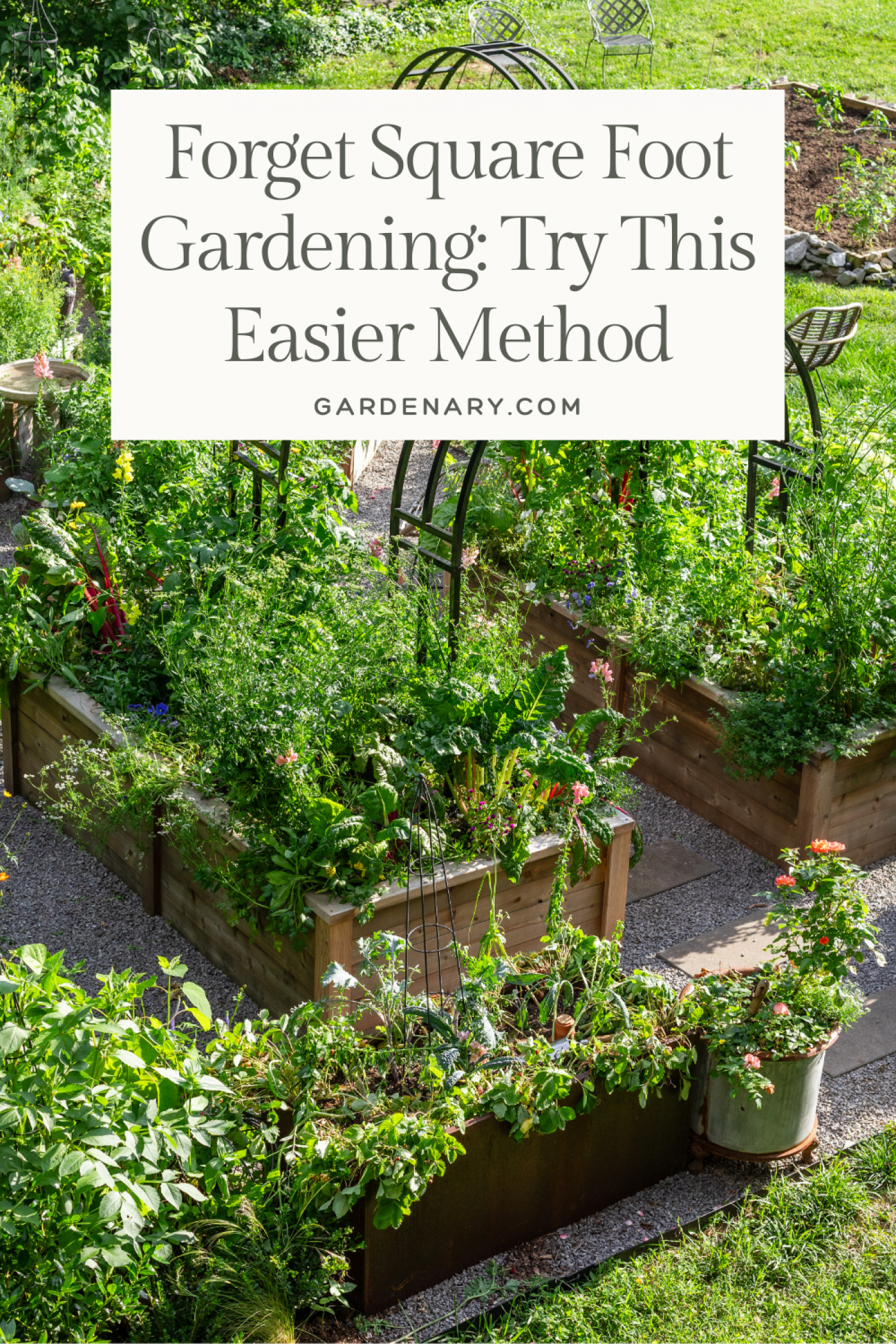For decades, Square Foot Gardening has been the gold standard for home gardeners. Mel Bartholomew’s book has sold over three million copies worldwide, and for good reason. He took the complexity of farming and broke it down into a simple, step-by-step system that anyone could use. His soil mix was easy, his grid system was straightforward, and his method made it possible for millions of people to grow food at home.
So first, let me say this: thank you, Mel. We gardeners owe you a whole lot.
But today, I want to invite you to take things a step further. I call my approach Square Inch Gardening—and I believe it’s a more natural, productive, and sustainable way to fill your garden beds.
At a Glance
- Plant by the inch, not the foot — The Square Inch Method uses circles instead of grids, mimicking nature’s patterns and maximizing space.
- Group plants by harvest type — Leaves on the edges, roots in the middle, and fruits in the center make harvesting easier and more productive.
- Use sustainable soil — Swap peat moss and vermiculite for a light, fluffy, eco-friendly blend of sand, topsoil, compost, and worm castings.
Prefer to Watch?
From National Parks to Backyard Beds
Even though I’ve written three books on gardening, my own lessons didn’t come from books. I learned it from wild spaces and national parks. With my husband and four kids, I spent years wandering through meadows, forests, and trails, paying attention to how plants grow together in nature.
When we set up our first garden 14 years ago, I made plenty of mistakes. But as soon as I started mimicking what I saw in the wild, plants supporting and protecting one another, things began to click. Later, when I started designing gardens for clients, I used the same method. These were people who swore they couldn’t keep a fern alive, and yet suddenly their gardens looked like magazine covers while still overflowing with food.
That’s when I realized I had discovered something worth naming and sharing: the Square Inch Method.
Curious about how I started putting this into practice? In my first book, Kitchen Garden Revival, I introduced what I called the Intensive Planting Method. That method later grew into a full training I now call the Plate Planting Method (more on that later). For now, though, we’ll call it the Square Inch Method because it literally defines plant spacing by the inch rather than the foot.
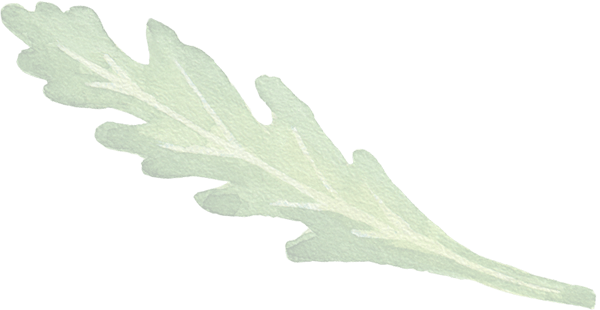

Gardenary's Planting Method
Unlock my secret to getting 3X the harvest from your raised beds, making the most of every gardening season, and turning your fresh produce into delicious meals!
3 Reasons Square Inch Gardening Beats Square Foot Gardening
A Layout That Mimics Nature
Square Foot Gardening uses a grid system, usually in a 4x4 bed divided into 16 squares. Each plant gets its own square, no matter its size or growth habit.
But nature doesn’t grow in squares—plants are circular. So in the Square Inch Method, we design gardens around circles, not squares.
Here’s how it works:
- Borders of herbs and flowers surround the entire bed. These not only look beautiful but also protect from pests and attract pollinators. See our favorite flowers for raised bed vegetable gardens.
- Inside, plants are grouped in rows of circles, fitted together like Tetris pieces. Larger “plates” down the center hold fruiting crops like tomatoes and eggplant, medium plates hold peppers and kale, and small plates hold root crops and greens.
The result is a garden that’s both functional and gorgeous, working with nature’s design instead of against it.
Smarter Plant Groupings
In my second book, Leaves, Roots and Fruit, I take plant spacing to the next level by classifying every crop into one of three categories:
- Leaves (lettuce, arugula, herbs) → smallest circles on the outside edges
- Roots (carrots, beets, radishes) → medium circles tucked just inside the leaves
- Fruit (tomatoes, cucumbers, squash) → largest circles in the center or back row
This structure means you’re always planting with a purpose:
- Leafy greens are right on the edges, easy to harvest every day.
- Root crops grow quietly in the middle, enriching the soil until it’s time to pull them.
- Fruiting crops take their time in the center, producing for weeks or even months without being disturbed.
It’s a system that makes harvesting easier, maximizes production, and mimics the layered beauty of the natural world.
A More Sustainable Soil Mix
Mel’s famous soil mix calls for vermiculite, peat moss, and compost. It works, but it isn’t very sustainable. Peat moss and vermiculite are limited resources that take a toll on the environment.
Instead, I recommend my 103 Soil Blend, developed with soil experts in Houston. It’s a mix of:
- Coarse sand
- Topsoil
- Organic compost
- Earthworm castings
This blend is light, fluffy, nutrient-rich, and, most importantly, far better for the planet. Ready to fill your beds? Follow our easy step-by-step guide here.
Why Square Inch Gardening is Easy
Here’s the best part: you don’t need to be an expert gardener (or even have a green thumb) to use this method. Because Square Inch Gardening is based on circles, categories, and layers, it takes the guesswork out of spacing and plant placement.
Instead of wondering, “Can I put carrots next to my tomatoes?” or “How far apart should these lettuces be?”, you’ll follow a simple plan that works every single time.
And if you’d like to skip the planning altogether, you can start with my Easy Garden Kit. It’s designed to give you everything you need—bed layout, soil mix, and planting plans—so you can get your garden growing without the overwhelm.


Learn the Easiest Way to Grow Your Own Food
The Easy Garden Kit makes growing your own food simple and stress-free. Everything you need for success is included: the top 10 easiest seeds to grow, a detailed video course, a raised bed setup guide, planting plans, a growing guide, and a delicious recipes book for when you harvest.
Why This Method Works
Square Inch Gardening doesn’t just grow food. It grows beautiful, abundant, balanced gardens that look like nature herself designed them. By focusing on plant shapes, natural layers, and sustainable soil, this method produces more food in less space—while keeping your garden as healthy and thriving as the wild places that inspired it.
Square Foot Gardening got millions of people growing, and I’ll always be grateful for that. But my hope is that the Gardenary Planting Method will inspire tens of millions more to dig in, plant with intention, and create gardens that are as breathtaking as they are productive.
Want a head start? Order the Easy Garden Kit and let me walk you step-by-step into your most beautiful, productive garden yet.

